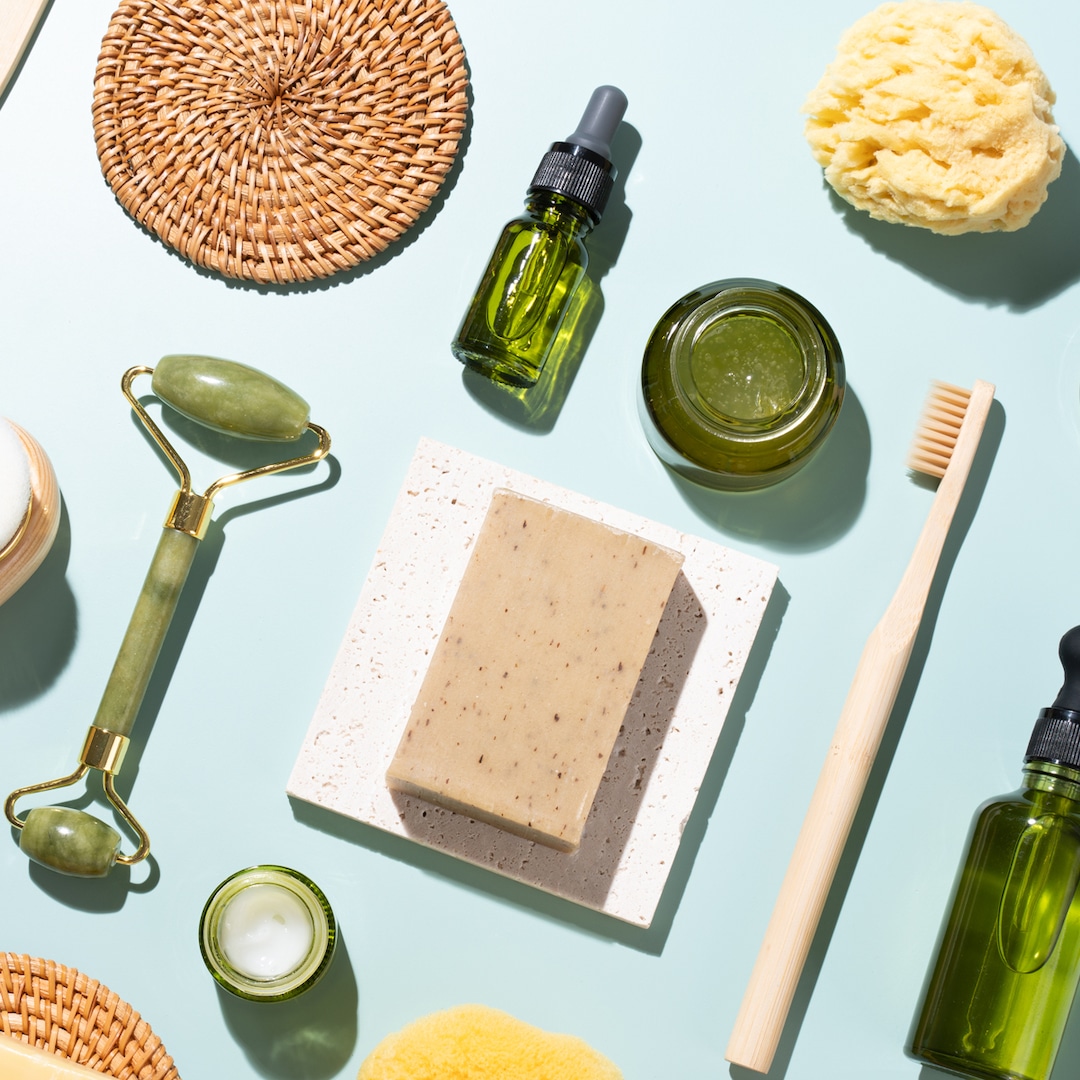What ingredients are typically not found in clean beauty?
According to Dr. Koo, many clean beauty brands avoid what’s called the ”dirty dozen.” Generally speaking, you won’t see the below list of ingredients on the back of a “clean” product label.
Phthalates: This is a group of chemicals used to make plastics more durable and flexible. They help dissolve other materials and are typically found in soaps, shampoos and hairsprays.
Butylated hydroxytoluene (BHT): This is a stabilizer that acts as an antioxidant to help maintain the properties and performance of cosmetics, especially when it’s exposed to air.
Butylated hydroxyanisole (BHA): This is a preservative and antioxidant commonly found in lipsticks and moisturizers. It can also be used as a fragrance to mask the odors of a formula.
Parabens: These are a family of related chemicals—methylparaben, propylparaben, butylparaben and ethylparaben—commonly used as preservatives in cosmetics. In some cases, preservatives are described interchangeably with parabens.
Polyethylene glycols (PEGS): These are petroleum-based compounds and are mostly used as solvents or softeners for cream-based products.
Fragrance: This can range from natural, synthetic and essential oil compounds found in cosmetics to either mask or create a pleasurable odor. It’s important to note that under FDA regulations and the law, fragrance ingredients do not need to be specified on the label as to not “force a company to tell trade secrets.”
Dye: Cosmetic dyes are considered color additives and requires FDA approval before being sold. Dyes are coloring agents found in various products, including eye makeup and nail polish.
Formaldehyde: This is typically used as a preservative to help fight against bacteria and other microbial growth in a product. It’s commonly infused in nail polishes, hair gels, soaps, lotions, makeup and deodorants.
Triclosan: This is a chemical used for its antibacterial properties and is often found in soaps, cleansers, lotions and skincare creams.
Hydroquinone: This is a topical agent typically used to treat hyperpigmentation for its skin-bleaching effects.
Benzophenone: This is a naturally occurring chemical found in plants and is mostly used as sunscreen in lotions, conditioners and other cosmetics.
Sulfates: This is a group of surfactants, Sodium Lauryl Sulfate (SLS) and Sodium Laureth Sulfate (SLES), and create a foam or lather when infused into products. Both ingredients are commonly used in cleansing products, creams and lotions.
Ethanolamines: This ingredient comes from a group—Monoethanolamine (MEA), Diethanolamine (DEA), Triethanolamine (TEA)—and is also used as a surfactant and emulsifying agent. It’s commonly found in cleansing products to help remove dirt and oil on the skin.
